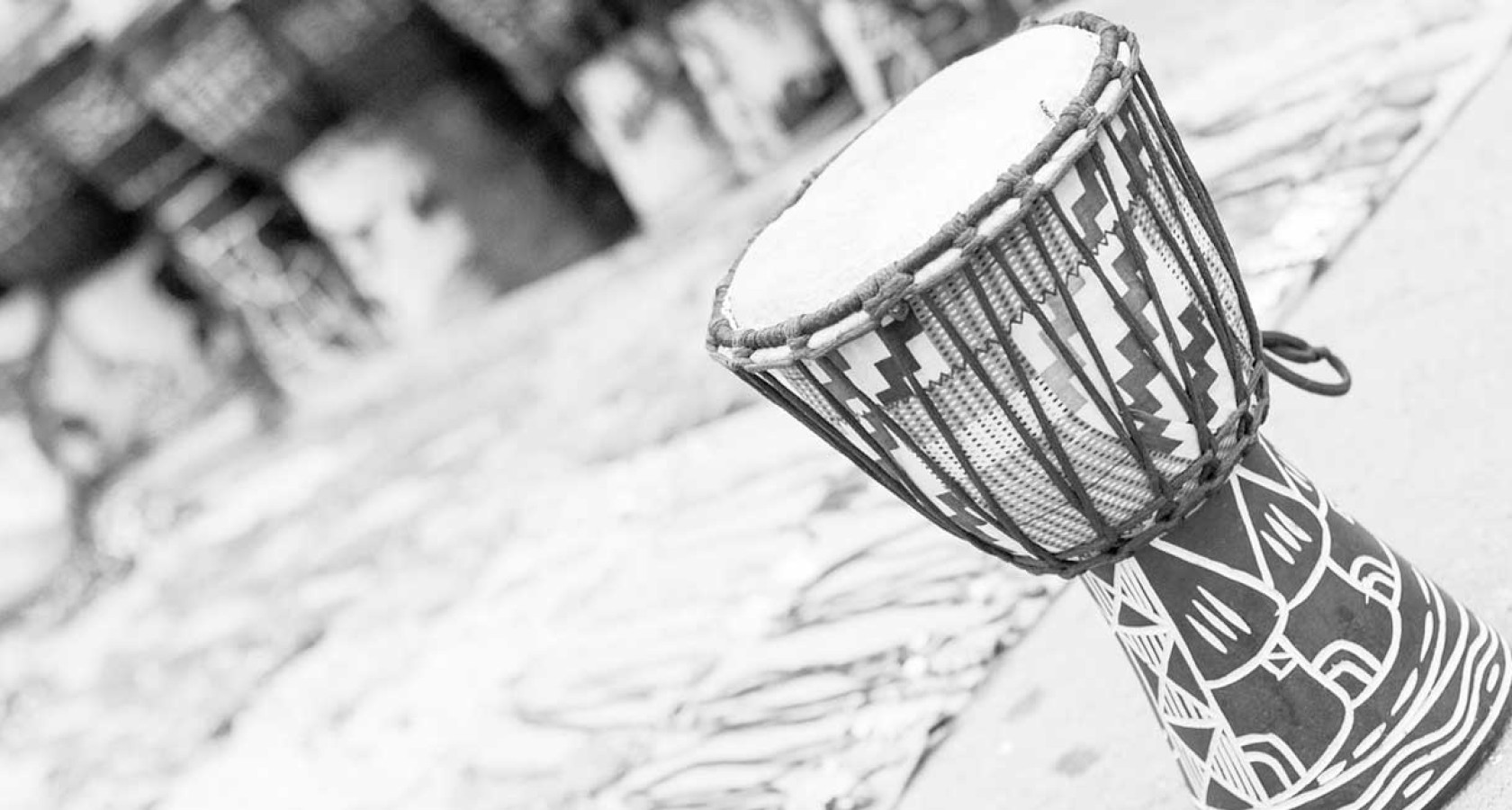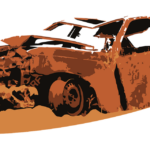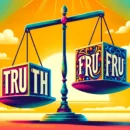Kenya’s most costly animal: the White Elephant
On Nairobi’s Nyerere Avenue, you will find a most intriguing sign. It says “Children’s Traffic Park”. Inside, on this most prime of prime real estate, you will see a large, elaborate operation. It looks like a most commendable initiative: a simulated road model, complete with battery-operated cars and other road vehicles, to teach children good road behaviour.
Since on our real roads we have some of the worst behaviour in the world, this would seem to be a damn fine idea. Let’s teach our children good road manners before they become drivers. In one generation, we might end the brainless, selfish and boorish driving that is the hallmark of Kenyan roads.
What an excellent initiative, I hear you say. I’ll take my kids there this weekend. Don’t bother. I can report on your behalf. You will only come away disappointed. The park is your typical Kenyan project: all good intentions; lots of money undoubtedly spent on it; zero maintenance and zero continued interest.
What you will find is a locked gate which bored-looking staff members look extremely reluctant to open. Indeed, they are surprised that anyone appears there. You will find staff who are clueless about what the park is for, or how it works. You will find that most of the vehicles are stacked up on top of each other, not in working order. If you try to arrange a session for some children, you will be met with confusion. You may even be asked for a donation, to charge the cars’ batteries.
I don’t know the history of this park, but I can make a good guess, for Kenya’s most valuable animal is the White Elephant. The form is as follows: A good idea is had by some well-meaning person somewhere. Big money appears, from public coffers as well as from those of the taxpayers of far-off lands. A seemingly state-of-the-art facility is planned, involving lots of expensive procurement. Shadowy brokers and vendors appear. After much delay, the White Elephant is ready for commissioning.
A cabinet minister will appear and make an asinine speech lauding the noble goals of the initiative: to end road deaths, poverty, impunity, illiteracy, whatever. Briefly, the facility will actually function. Then, those who were behind the idea lose interest since the big buying is done and fortunes have been made. After this, the facility will be staffed by the inept, the unqualified and the uninterested. No money will be available for maintenance (or is diverted if it is); the facility will gradually crumble.
No one takes any interest: not the public who should be benefitting from all the expense; not the ministry that commissioned it; not the personage who opened it. Until the next big, worthy project appears, we can all take a break.
Along Uhuru Highway, which borders the traffic park, a new project is stirring. Important people were at pains recently to tell us about the new highway “beautification” project. You may recall that the highway was once bordered by excellent trees which had been planted by the wise city fathers of yore.
But these trees were not beautiful enough. They were also apparently very dangerous: they could cause too much rain; birds could sit on them and defecate on innocent residents; and pickpockets could hide behind them. So they had to go, to be replaced by beautifully colourful flowers and shrubs, painstakingly landscaped at a reported cost of several hundred million shillings.
But this beautification was also not beautiful enough. Landscaped gardens and flowers are difficult to look after, as any idiot knows. They also have dangerous thorns. They might distract drivers from looking at the road. So they also have to go, to be replaced by multicoloured rocks and pebbles. We have been assured that these rocks are too small to be used in riots. We are also told that we are following the example of immaculately landscaped cities, like Dubai. Which, last time I looked, was located in a desert.
There are questions I really would not like to ask here. Such as: How much this beautiful new project would cost; who is supplying the coloured pebbles and at what price; who gets the maintenance contract, and with what performance conditions attached.
Those are futile questions in Kenya, where no intellectual rationale is needed and no ethical safeguards are provided. Where those who fund these things are least worried about their money, and those who are supposed to benefit look on in a stupor.
But when, people of Kenya, are you going to ask about how your money is used? And for how long, donor friends of Kenya, are you going to sink your money into all these excellent initiatives and then walk away, without the slightest attempt to measure success?
And so we plan to go from trees to shrubs to rocks. Where next? One day, we will be using the coloured stones to fill in the traffic park after it’s been dug up.

Buy Sunny Bindra's book
UP & AHEAD
here »















